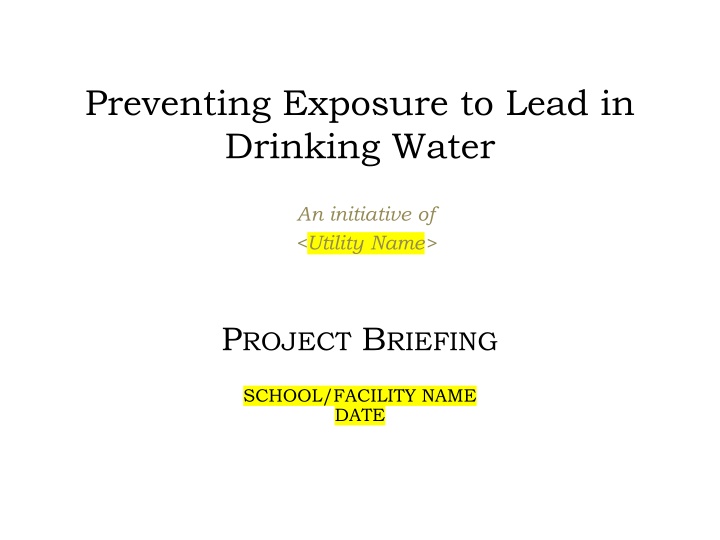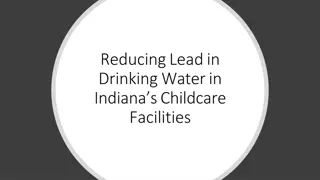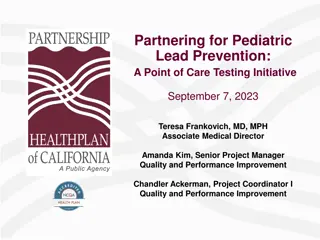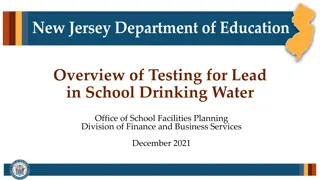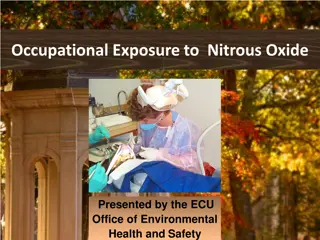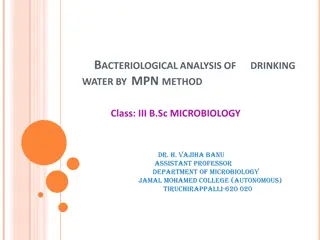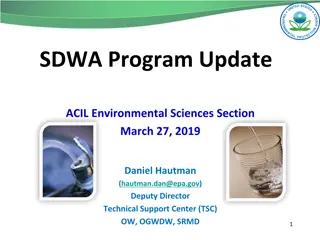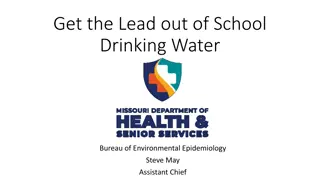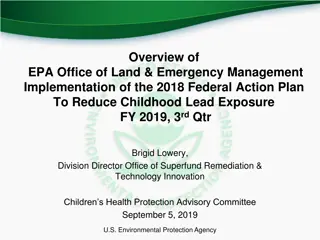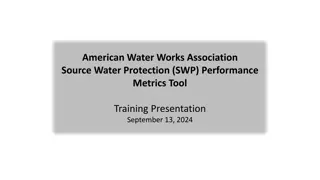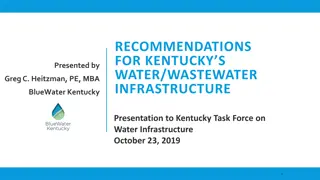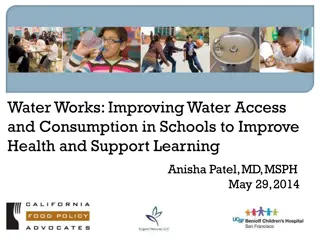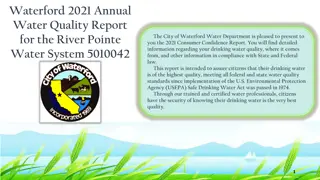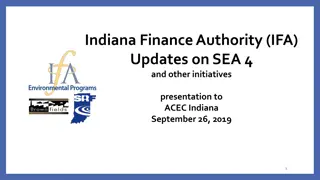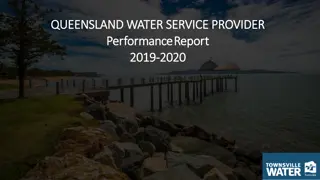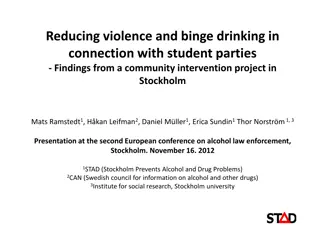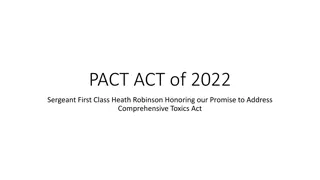Preventing Exposure to Lead in Drinking Water - Initiative Briefing
Lead, a common but toxic element, poses health risks, especially to infants and pregnant women. This project briefing highlights the historical use of lead in plumbing, current regulations under the EPA, and recommendations to prevent lead exposure in schools and child care facilities.
Download Presentation

Please find below an Image/Link to download the presentation.
The content on the website is provided AS IS for your information and personal use only. It may not be sold, licensed, or shared on other websites without obtaining consent from the author.If you encounter any issues during the download, it is possible that the publisher has removed the file from their server.
You are allowed to download the files provided on this website for personal or commercial use, subject to the condition that they are used lawfully. All files are the property of their respective owners.
The content on the website is provided AS IS for your information and personal use only. It may not be sold, licensed, or shared on other websites without obtaining consent from the author.
E N D
Presentation Transcript
Preventing Exposure to Lead in Drinking Water An initiative of <Utility Name> PROJECT BRIEFING SCHOOL/FACILITY NAME DATE
Background Lead is a common element that has been used in the manufacture of numerous products For centuries, lead was used in plumbing because of its pliability and resistance to leaks It has also been found to be highly toxic and associated with a variety of adverse health effects Infants, children and pregnant women are especially at risk
Background Until the 1950s, lead was commonly used in water service laterals, which connect utility pipelines to individual properties <replace this bullet with local information as available> It was also used in the manufacture of plumbing fixtures, as well as solder, into the 1980s While lead in drinking water is a prominent issue, most exposure is due to lead-based paint and contaminated soil
Lead Regulations Lead in drinking water is regulated by the U.S. Environmental Protection Agency (EPA) under the Safe Drinking Water Act The Lead and Copper Rule is based upon a treatment technique requirement in which a lead action level is a trigger for mitigation If more than 10% of tap water samples analyzed under the monitoring program exceed 15 parts per billion, water systems must take additional steps Under the Lead and Copper Rule, monitoring takes place at worst-case sampling locations The Lead and Copper Rule is under revision
Lead Regulations While the Lead and Copper Rule does not specifically mandate testing at schools and child care facilities, the Lead Contamination Control Act does address these consumers The Lead Contamination Control Act prohibits drinking water coolers (water fountains) that are not lead-free The law requires water samples to be analyzed for lead by a state- approved laboratory It also provides guidance to schools on sampling and testing protocols
Recommended Measures To prevent water-based exposure to lead at schools and child care facilities, <Utility Name> recommends that facilities: Develop a plumbing profile evaluate all plumbing materials at the facility to determine if lead materials are present Develop a sampling plan and protocol identify and prioritize locations, and establish a written sampling to ensure valid results Assess results determine whether mitigation is appropriate Create a mitigation plan identify and prioritize specific actions that will reduce exposure to lead through drinking water Evaluate outcomes conduct follow-up sampling to determine the effectiveness of mitigation measures
Communication Transparency on this issue is of paramount importance. Schools and child care facilities should develop and implement a plan to communicate with parents and other stakeholders about lead: Explain how lead can enter the water supply, as well as other potential sources of lead (paint chips, soil, etc.) Provide testing results and other relevant data to the public Identify what steps are being taken to minimize lead in drinking water Share information consumers can use to reduce their children s exposure to lead
Resources Numerous entities make information available to help schools and child care facilities minimize lead exposure and communicate with stakeholders: 3Ts (Training, Testing, Telling) for Reducing Lead in Drinking Water in Schools Guidelines, Environmental Protection Agency, www.epa.gov <UTILITY DOCUMENTS OR WEBSITE, as applicable>
